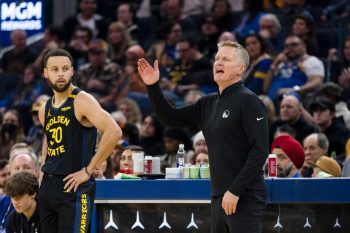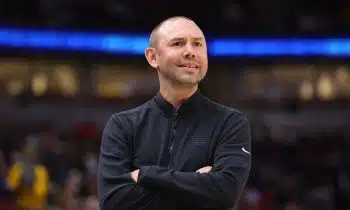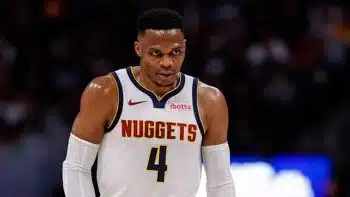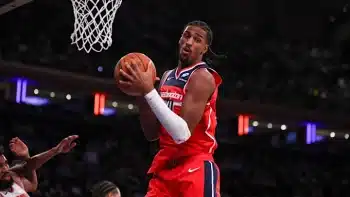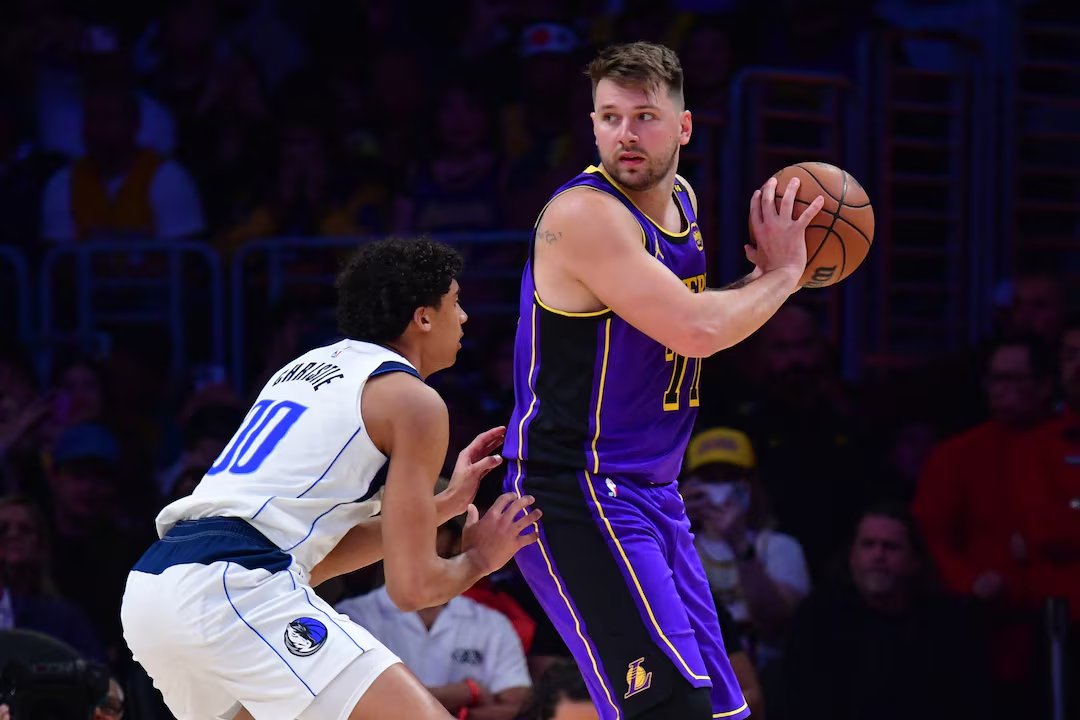NBA
High-Performance Mindfulness: The Next Step In Player Development

Player Development has always been an integral part of basketball.
Over the past two to three decades, the definition of Player Development has continued to expand. In today’s basketball world, the scope and breadth of modalities that fall under this umbrella can be vast and multi-layered.
The rising demand for services such as these has greatly influenced how college and professional teams and players go about their business. Many, both in and out of the team settings, now hire individualized coaches and a designated coaching staff to meet these needs.
At the college and professional levels, players are progressively moving towards structured curriculums geared towards improving on-court weaknesses and enhancing strengths. To this point, there are a growing number of methods that are being interlaced or leveled on top of traditional skill-development.
Player Development Coaching is increasingly becoming more results-based. Meaning, the underlying goals for a player development program are seemingly:
- To help expand a player’s skill sets
- To facilitate in-game statistical improvement over the duration
Player Development processes that don’t aim toward measurable results move the dial on in-game performance are missing the mark.
As the demand for proven, dependable and repeatable ways for statistically improving performance continues to rise, massive disruption within the player development market is imminent. As Player Development coaches and PD Departments are increasingly held accountable for their work, innovative ways to achieve the above-mentioned goals more efficiently could soon emerge.
Let’s discuss the lay of the land as it relates to the current player development market.
The Contemporary Player Development Model
It is important to note that each Player Development Program and system can be different. There seems to permutations upon permutations for skill development drills that coaches use to help players improve. This being said, the central focus for virtually all Player Development processes has been the on-court skill development piece.
Video and film breakdowns also play a huge role in how NBA and college teams approach Player Development. Synergy, Sports Code ShotTracker and other types of analysis tools are leaned on heavily to help identify performance inefficiencies and determine which areas of a player’s game could use work.
Strength and conditioning and exercise science have played a considerable role. With the advent of sports science departments, sport-specific training, rehabilitation and nutrition sleep programs have all seen upticks in past years as ways to better serve the player. Yoga, Virtual Reality and other types of outside coaching consultants have also been leveraged. On the mental side, sports psychologists and mental resources providing counseling and performance support have been commonly utilized.
This being said, the integration of mental health and mental resources into NBA and college teams is still a work in progress and could provide the biggest room for growth in seasons to come.
As it continues to take shape, mental health and mental performance may be the next frontier for growth in the Player Development Space.
Player Development 2.0
Incorporating the Mental Health Resource
Over the next 2-4 years, the way mental health resources are integrated into the overall team dynamic could begin to reshape traditional player development models. Considering the NBA’s and NCAA’s new mental health initiatives, teams are going to have to find effective ways to enmesh these resources within the team dynamic.
Installing mental performance coaches into the NBA coaching staff is the most effective set-up. This helps to secure the player buy-in the fastest. Consequently, this is also the best way of facilitating on-court performance improvement for players.
Mental health resources who sit on the bench during games, are involved in practice and provide input to decision-makers seem to be a logical progression. This is especially relevant considering that several NBA and college and European professional teams have already employed these strategies. Embedding this resource will help to streamline this process.
At first, most mental health resources will probably employ sports psychology and mental training based modalities. However, there will be practitioners that jump right in with far more results-based methods such as Energy Psychology (EP). The Los Clippers’ Dr. Laura Wilde and long-time professional team consultant Dr. Erin Shannon are two examples of resources pushing the envelope.
From team-to-team the way the techniques are applied will vary. The comprehensive application of these techniques will also likely vary. Through trial and error, working parameters and the most effective mental performance techniques will be identified. Quantifiable results on the individual and collective level could help to shift the narrative for mind-based methods.
Leveraging High-Performance Mindfulness as a way to statistically improve performance may become a more valued component of the Player Development process.
Player Development 3.0
Incorporating Customized Energy Psychology Programs
As teams begin to experience measurable results, the mental performance job description will likely morph and change, with two different types of roles emerging within the space.
The first will likely be a High-Performance Mindfulness resource who focuses solely on mind-based methods for optimizing on-court results. The second could likely be a Hybrid resource that combines Traditional Player Development/Basketball Coaching with High-Performance Mindfulness work.
Why the evolution to this Hybrid setup?
It is one of the most effective ways for generating on-court statistical improvement. Viewed through the eyes of the player, there is inherent credibility in staff members providing effective skill-development/basketball coaching instruction. The dynamics of this often expedites the rapport building process with the player.
In both scenarios, it is likely that Energy Psychology techniques in the form of customized player specific programs will be employed. Integrated Player Development Programs such as these create the openings for exponential player improvement to take place.
Systematic elimination of subconscious mental blocks, combined with performance-specific skill development, could be the next frontier in Player Development.
Forecasting future market developments is never an exact science. However, based on demand for the next results-based player development method, it seems likely that the landscape could be in for a big-time change. Look for proof positive results and top-down emphasis on mental health resources to ignite a reorganization of the Player Development landscape.
